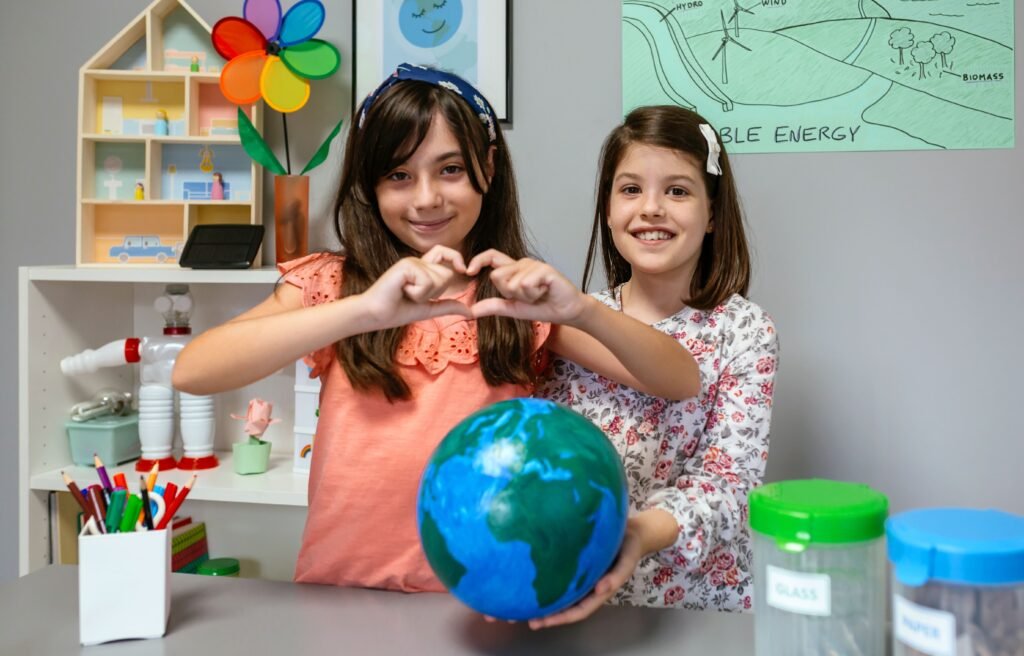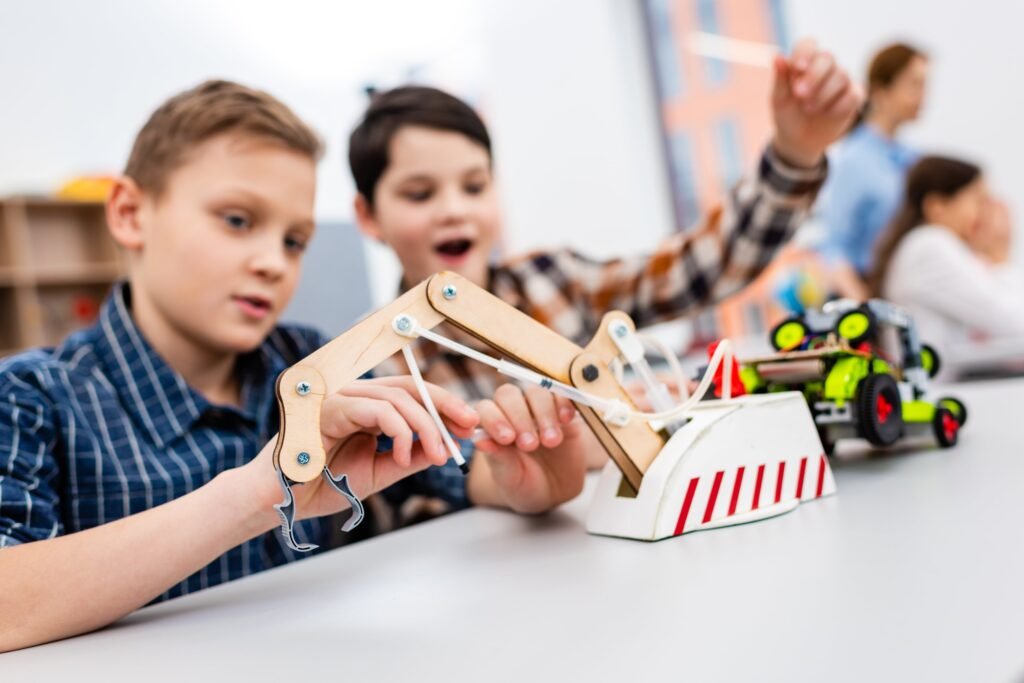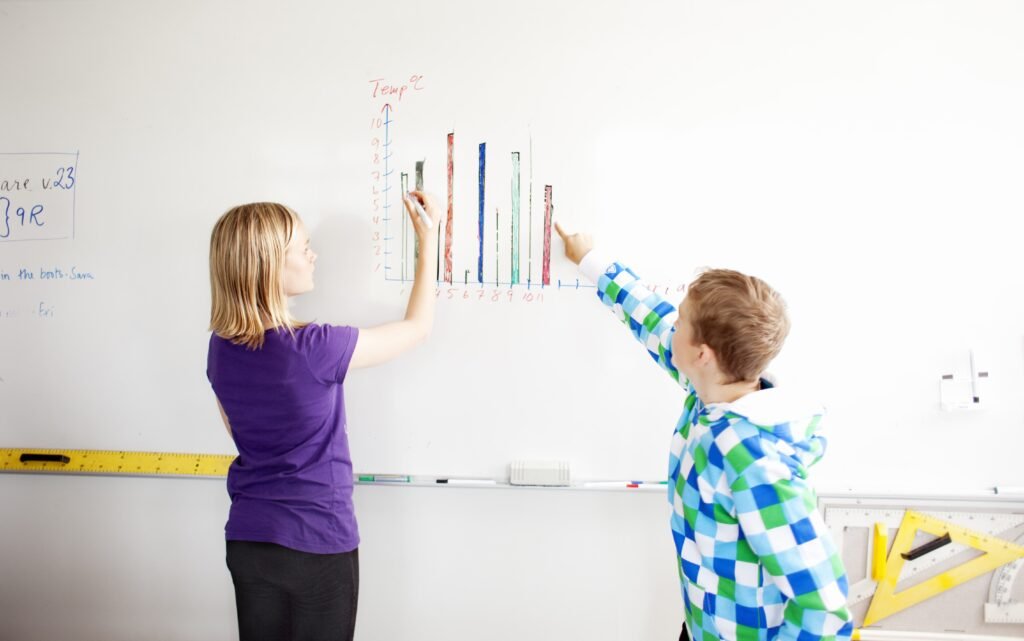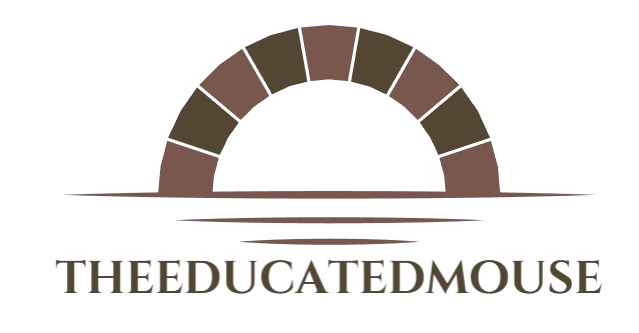As students enter the sixth grade, they embark on a transformative journey in science education. This pivotal year bridges the foundational knowledge of elementary school with the more intricate concepts of middle school science. By integrating hands-on activities, digital tools, and real-world applications, parents and educators can foster a deep-seated enthusiasm for scientific exploration at home.
Core Scientific Themes in Sixth Grade
Sixth-grade science curricula are designed to provide students with a comprehensive understanding of various scientific disciplines. Key areas of focus include:
- Life Sciences: Students examine ecosystems, understanding the flow of energy through food webs and the impact of environmental changes on species survival. They delve into genetics, exploring how traits are inherited and how organisms adapt to their environments over time.
- Earth and Space Sciences: Learners investigate Earth’s dynamic systems, studying processes like weathering, erosion, and plate tectonics. They explore the water cycle’s role in shaping landscapes and sustaining ecosystems. Additionally, students analyze the solar system’s structure, understanding gravitational forces and celestial phenomena such as eclipses and lunar phases.
- Physical Sciences: The curriculum introduces the properties of matter, chemical reactions, and the conservation of mass. Students explore forces and motion, examining how energy is transferred and transformed within systems. They also study wave behaviors, including the properties of light and sound.
- Scientific Inquiry and Engineering Design: Emphasis is placed on developing scientific thinking through hypothesis formation, experimentation, and data analysis. Students engage in engineering practices, defining problems, designing solutions, and optimizing prototypes based on testing and feedback.

Integrating Science with Literacy and Mathematics
To reinforce scientific concepts, sixth-grade education often intertwines science with language arts and mathematics:
- Language Arts Integration: Students enhance their scientific literacy by reading domain-specific texts, writing detailed explanations, and engaging in discussions that promote critical thinking and effective communication.
- Mathematical Applications: Learners apply mathematical reasoning to interpret data, create graphs, and solve real-world problems related to scientific phenomena, such as calculating energy usage or analyzing force and motion.
Enhancing Science Learning at Home
Parents play a crucial role in supporting their child’s scientific development. Here are strategies to cultivate a stimulating science environment at home:
- Hands-On Experiments: Encourage curiosity by conducting simple experiments using household items. Activities like observing plant growth or exploring chemical reactions can make abstract concepts tangible.
- Interactive Digital Tools: Utilize online platforms that offer virtual labs and simulations, allowing students to experiment in a controlled, safe environment. These tools can supplement classroom learning and provide additional practice.
- Visual Aids and Resources: Incorporate educational materials such as charts, diagrams, and models to visualize complex processes like the water cycle or the structure of atoms.
- Encouraging Exploration: Foster a culture of inquiry by discussing scientific topics, watching documentaries, or reading science-related books together. Encourage your child to ask questions and seek answers through research and experimentation.

Leveraging Educational Platforms
Digital platforms like Prodigy Science offer interactive experiences tailored to sixth-grade learners. These resources align with classroom curricula, providing adaptive learning paths that adjust to a student’s individual pace. By gamifying science education, such platforms transform traditional learning into engaging adventures, covering topics from ecosystems to the solar system.
Community and External Resources
Beyond the home, various community resources can enrich a student’s scientific journey:
- Local Libraries and Museums: These institutions often host workshops, exhibits, and programs that provide hands-on learning experiences.
- Educational Organizations: Participate in science fairs, clubs, or camps that offer collaborative projects and exposure to real-world scientific applications.

Conclusion
Sixth grade marks a significant step in a student’s scientific education, laying the groundwork for advanced studies and fostering a lifelong appreciation for science. By creating an environment that encourages exploration, critical thinking, and practical application, parents and educators can inspire young learners to delve into the wonders of the scientific world.





